At least 200,000 people have emotional support animals (ESAs). And cats are on the top list of the different ESAs.
Did you know that spending quality time with a cat triggers your body to produce serotonin?
Serotonin production causes you to have mood stabilization.
I will walk you through the 7 best cat breeds for emotional support that guarantees to elevate your moods.
What are some of the best cat breeds for emotional support?
The following cat breeds make excellent ESAs for young, senior, novice, and veteran cat owners/parents/enthusiasts:
Persians, American shorthair, Siamese, Maine, Manx, Russian Blue, and the Bengal cat breed.
The 7 Best Cat Breeds for Emotional Support
Please read on to understand in-depth why these cat breeds make exceptional Emotional support animals.
Here are the 7 best cat breeds for emotional support:
#1. The Persian cat
This cat breed was first bred in the 1600s. Although their origin is quite hazy, research shows that these cats have their roots traced back to Persia, present-day Iran. These felines tend to grow to a height of 10-15 inches and have a life expectancy of 8-11 years.
Their long and silky double coats come in lovely shades of black, blue, blue-cream, brown, chocolate, cream, lilac, seal, silver, and white. Persian cats are famous for their docile, sweet, quiet, easy-going, and loyal temperament.
All these attributes make this cat breed an exceptional emotional support cat for both a novice and a veteran cat owner.
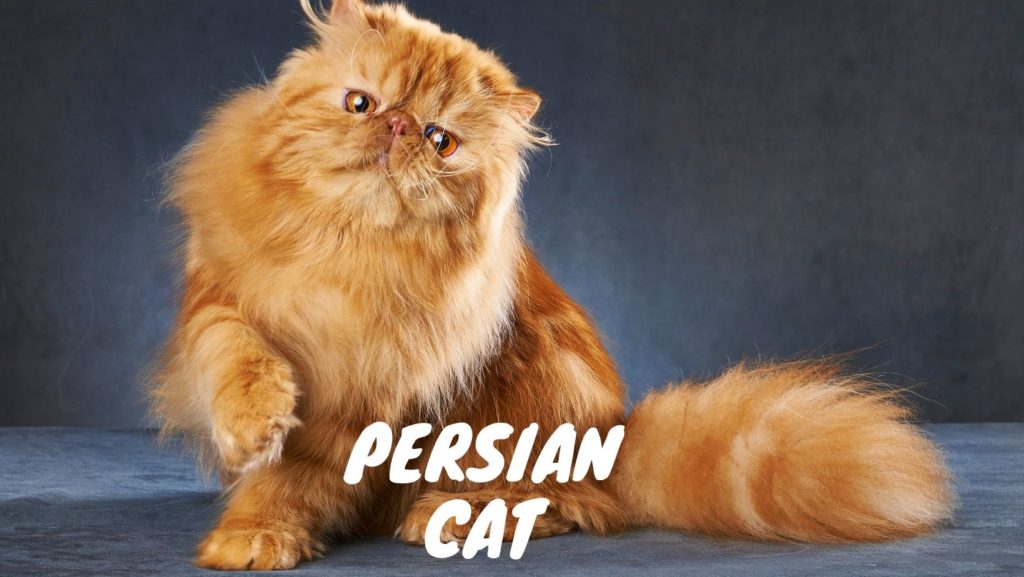
#2. The American Shorthair
The American shorthair cat breed was ranked as the 8th most popular cat breed in the world. These 8-1’0” long-sized cats can weigh approximately 2.7-6.8 kg as adults. They have a life expectancy of 15-20 years, with most of them being relatively healthy.
The American shorthair is known for its even-tempered, extremely outgoing, playful, and active nature.
All of these are the desired qualities in a cat breed whose primary purpose is to provide emotional support to its owner(s).
This cat breed has the ability to adapt to living anywhere, which makes it a good companion for a cat owner who keeps on traveling.
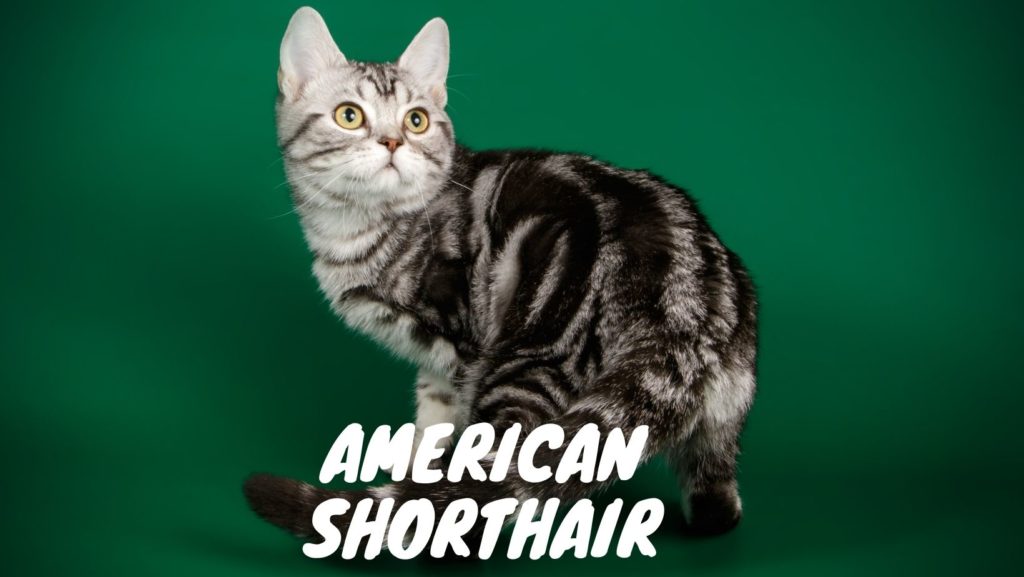
#3. The Siamese
Also known as Meezer or Mese, this cat breed has its origins traced back to Thailand. Siamese can grow to heights of 8-10 inches long and weigh around 2.7kgs to 5.4 kg as adults. Siamese has a slim and angular general body shape.
Their blue almond-shaped eyes, blue, brown, cream, lilac, orange, and silver-gray coats are the distinguishing features of these elegant cats.
Siamese intelligent, loyal, loving, energetic, playful, and affectionate nature makes them a good fit for a cat enthusiast who wants to adopt a cat for emotional support.
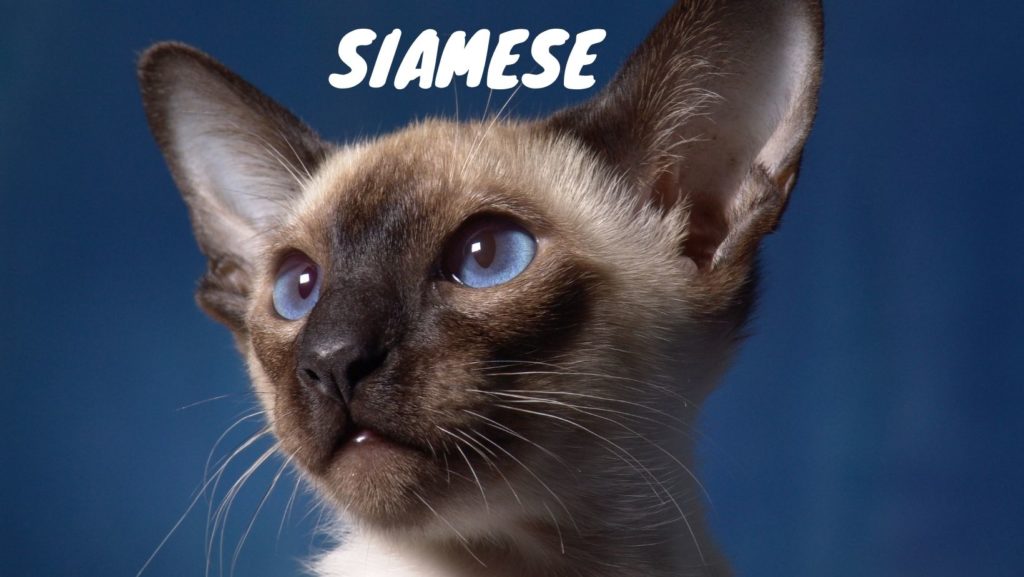
#4. Maine Cat
Maine’s are large-size cat breeds, with most adults attaining a height of 10-16 inches and a weight of 3.6-8.2 kg’s. They have a lifespan of 9-15 years.
Maine’s are a fairly healthy cat breed. These felines are prone to a number of health conditions which are; Hypertrophic cardiomyopathy, hip dysplasia, and spinal muscular atrophy.
These cats are known for their sweet, gentle, extremely outgoing, affectionate, and playful nature. All of these attributes make this cat breed an excellent emotional support companion to both a novice and a veteran cat parent(s).
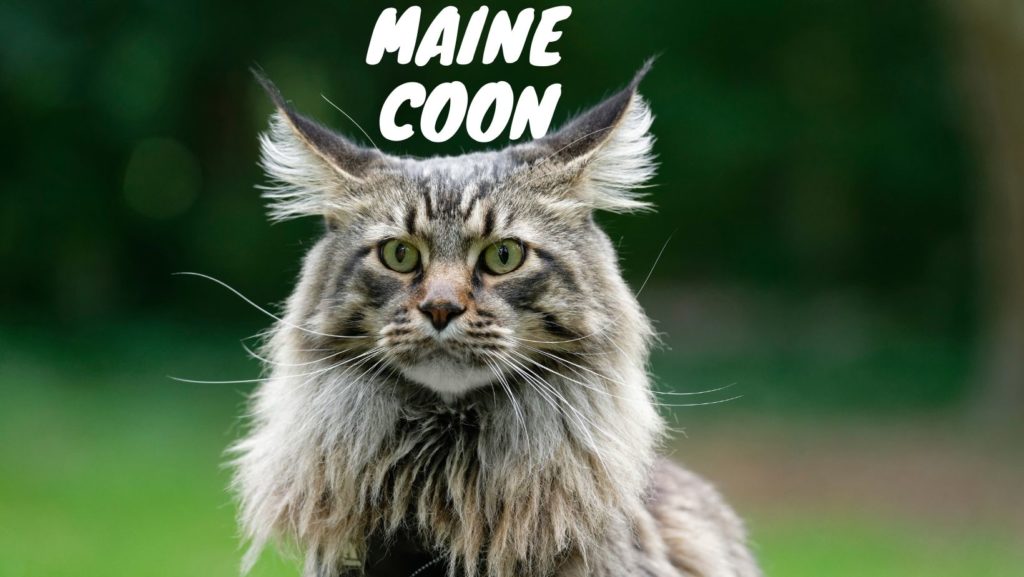
#5. The Manx Cat Breed
This tailless cat has its origin traced back to the Isle of Man in the Irish sea. The Manx cat breed is also known as a Mank and colloquially as Stubbin or rumpy. These felines can grow to a height of 7-11 inches and weigh around 3.6-5.4 kg as an adult.
This medium to a large-sized cat has a muscular and compact physique. Their broad ears and large round blue, copper, gold, and brown eyes give this cat breed a striking physical appearance.
Manx can either have a short or a long double coat, which comes in appealing shades of black, blue, brown, blue-cream, cream, red, white, and silver.
They have an average life expectancy of 9-13 years and are eager to please with gentle, intelligent, playful, loyal, and endearing temperaments.
All of these are must-have attributes for a cat to make an excellent emotional support companion to a senior or a young cat parent.
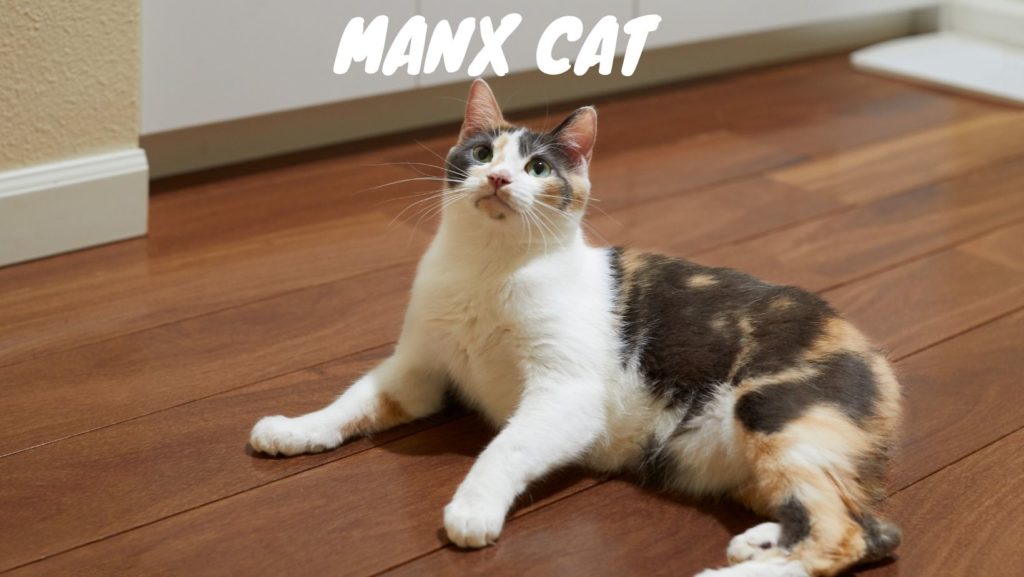
#6. The Russian Blue
They are also known as Archangel cats and Archangel blue. Russian blue cat breeds tend to grow to a height of 10 inches and weigh around 3-8.1 kg as an adult. This cat breed has green eyes and a dense dark grey double coat.
They have an average lifespan of 15-20 years.
These cats’ calm, quiet, easy to love, loyal, independent, and affectionate demeanor make them excellent emotional support animals for introverted or busy cat enthusiasts.
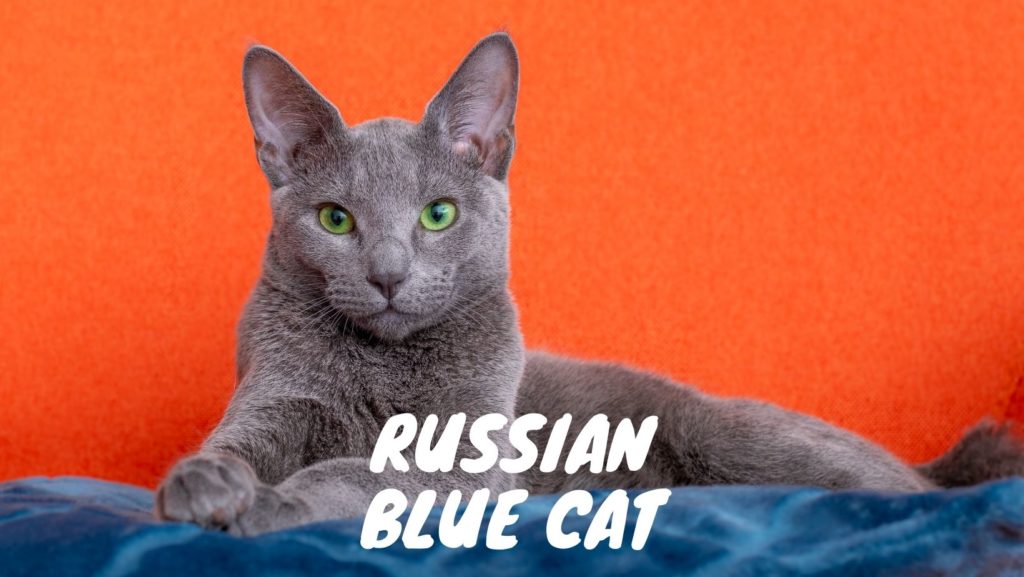
#7. The Bengal Cat
It is believed that the Bengal cat breeds were first bred in California, USA, by Jean Miller. Bengals grow to heights of 8-10 inches long and weigh around 7 kg as adults.
This cat breed is a mix of an Asian Leopard cat and a Domestic hair cat. Bengals have adorable chocolate brown, charcoal, or brown coats.
These cat breeds are relatively healthy and have 10-16 years of life expectancy. Their intelligent, playful, loving, affectionate, and socially outgoing temperament makes them excellent cats for emotional support.
Bengal’s curious and adventurous nature makes them an amazing emotional support companion for a cat parent who loves exploring their outdoors.
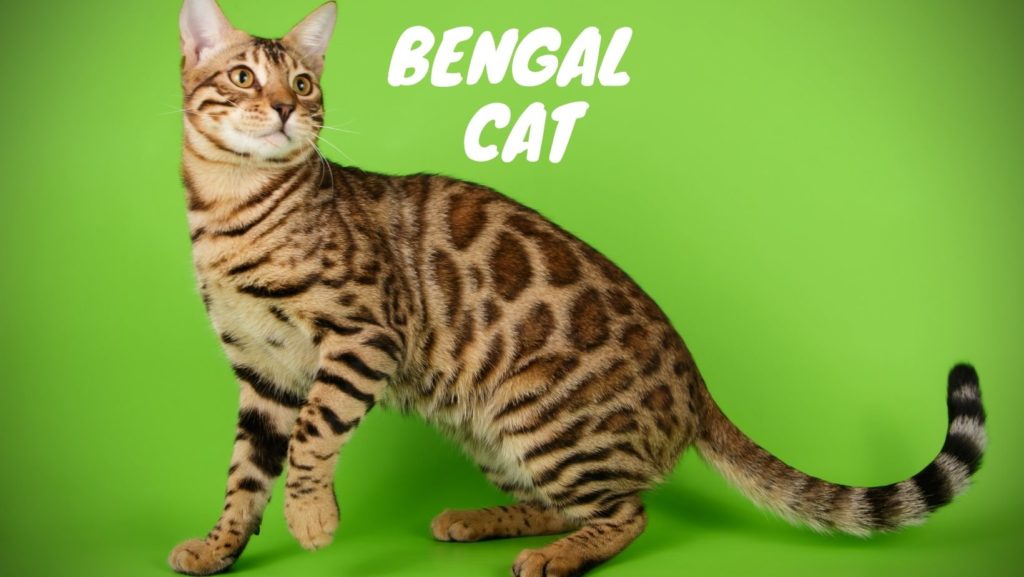
Key Takeaway
The Bengal, Manx, Maine , Siamese, American Shorthair, and Persian cats are some of the best cat breeds for emotional support.
Always make sure that you take your cat for a regular vet checkup to maintain its health and deter any development of unwanted health conditions.
Proper nutrition and adequate grooming are vital to keeping your feline companion happy and active. And a happy and active cat directly generates happiness and emotional support for you.
Adopting your cat from a reputable cat breeder guarantees you a healthy cat breed.
Before adopting a cat, it’s advisable that you at least visit it 2-3 times in the breeder’s place. This will help you bond and establish whether the cat’s temperament will complement your personal/emotional needs.

